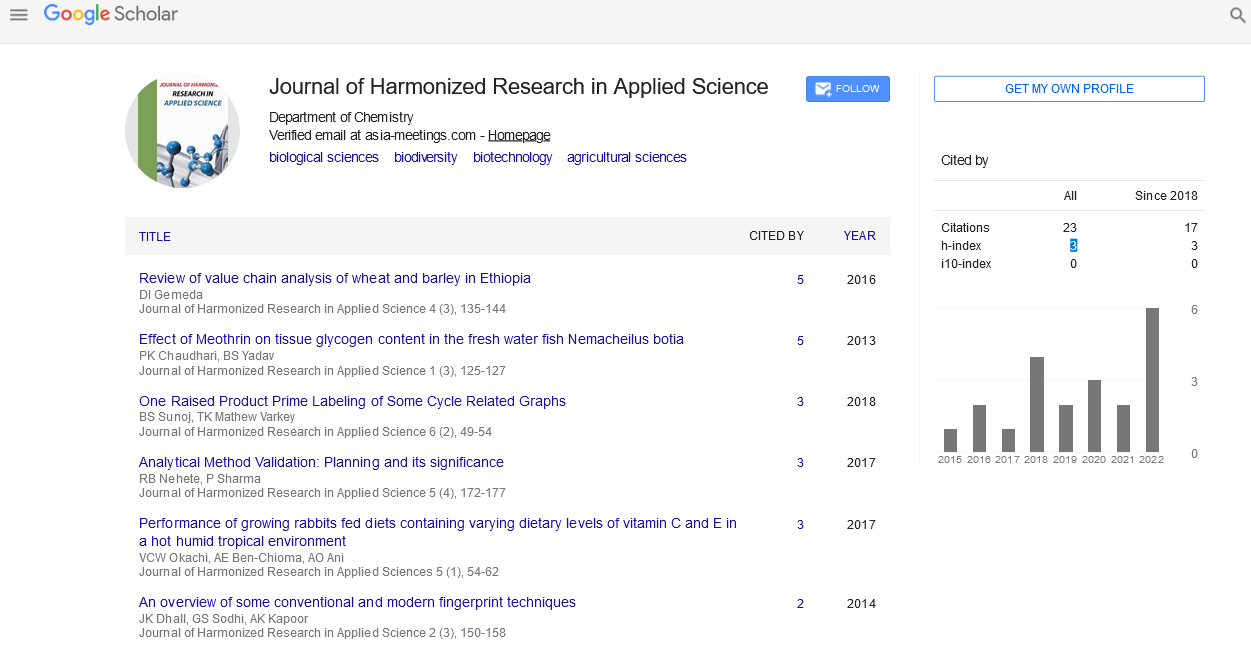ANALYSIS OF CHEMICAL OXYGEN DEMAND AND TOTAL ORGANIC CARBON IN ACID MINE DRAINAGE POLLUTED WATER BODIES
Abstract
Author(s): Caroline L. Dlamini*, Amos O. Fadiran, Justice M. Thwala
Abstract Twenty-five sediment samples and 11 water samples were collected from surface water bodies in the vicinity of the Ngwenya Mine in Swaziland. The sediment samples were analyzed for total orga nic carbon (TOC) by loss-on-ignition (LOI) in a muffle furnace at 550 °C while the water samples were analyzed for the chemical oxygen demand (COD) using a biological reactor. The sediment samples contained between 1.85% and 18.37% TOC. The sources of the organic carbon (OC) in the water system were both anthropogenic and natural. This result implies that the sediments from all the sites are susceptible to pollution by heavy metals bound as complexes with the OC. Based on the USPH standard of 4 ppm MCL (maximum contaminant level) for COD, 55% of the water samples were polluted with respect to their COD levels. Water containing OC forms carcinogenic and mutagenic trihalomethanes (THMs) on chlorination that is a health risk. Hence the national environmental authority and the water corporation should urgently address this issue with a view of curbing further accumulation of OC in these water bodies. This is much more so as some are the sources of drinking water supply to the capital city. Keywords: TOC, COD, trihalomethanes, LOI










